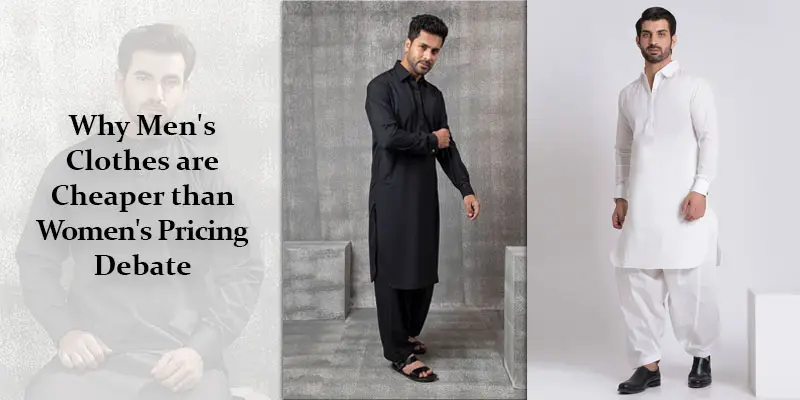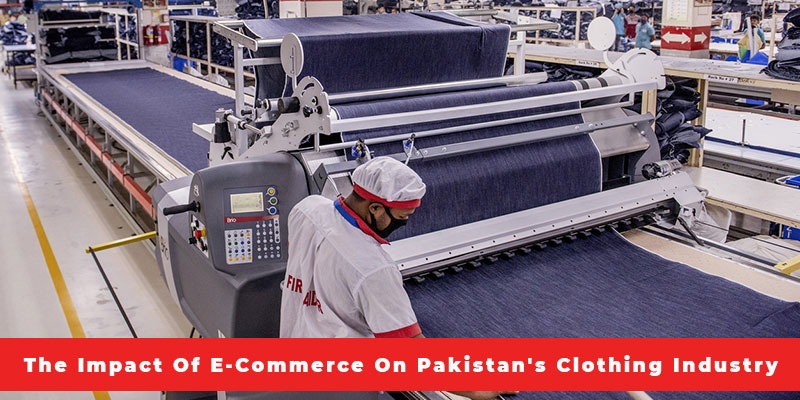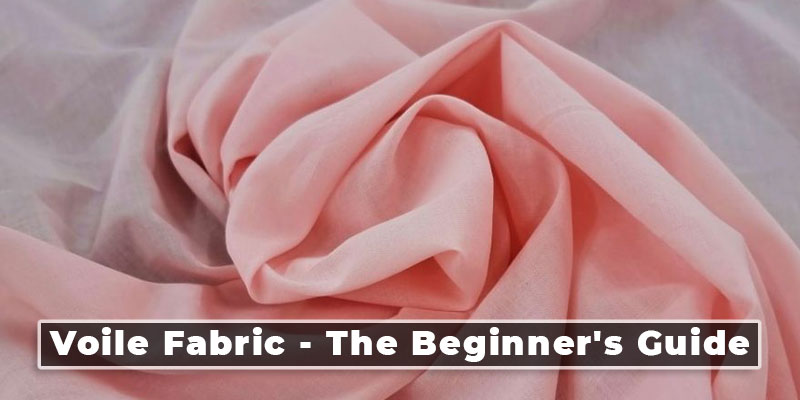Why Men's Clothes are Cheaper than Women's | Pricing Debate

The High Cost of Being a Woman: Why Men's Clothes are Cheaper than Women's
Have you ever wondered why men's clothes are cheaper than women's? It's a common observation that men's clothing, such as shirts, pants, and suits, is generally less expensive compared to women's clothing of the same quality and material.
One possible reason for this clothing price difference could be attributed to the way the fashion industry operates. Women's fashion is more varied and complex, with a wider range of styles, designs, and fabrics, leading to a more significant investment in the production and marketing of women's clothing. In contrast, men's fashion tends to be more straightforward and traditional, requiring less effort and expense to manufacture.
Another reason could be the differences in demand and supply for men's and women's clothing. With a higher demand for women's clothing, retailers can charge higher prices without compromising sales, while men's clothing has less demand, making it necessary to keep the prices affordable to attract customers.
Regardless of the reason, the pricing gap between men's and women's clothing remains a subject of debate and interest in the fashion industry. Understanding these factors can help us make more informed choices when shopping for clothes. Get ready to be enlightened, intrigued, and perhaps even surprised as we peel back the layers of this complex issue.
Cracking the Code: Real Reasons Behind Gender Pricing Gap
Gender-Based Pricing Disparity
Gender-based pricing disparity is a well-documented phenomenon that affects a wide range of products, including clothing. It refers to the practice of charging different prices for similar products based on the buyer's gender. This means that women often end up paying more for the same products as men, including clothing.
Pink Tax Phenomenon
The "pink tax" phenomenon is a specific form of gender-based pricing disparity that affects women's clothing. It refers to the practice of charging more for products marketed towards women, even when they are essentially the same as men's products.
This means that women often end up paying more for items like t-shirts, jeans, and sneakers, even when they are of the same quality and made from the same materials as men's clothing.
Clothing Production Costs
One reason why men's clothes cost less than women's is that they tend to be simpler in design and require fewer materials. Men's clothing is often made from cheaper materials and requires less time and labor to produce, which translates to lower production costs.
In contrast, women's clothing tends to be more intricately designed, requiring more expensive fabrics, more detailed sewing, and additional embellishments like lace or embroidery.
Women's Fashion Trends
Another reason why women's clothes cost more than men's is that women's fashion trends change more frequently than men's. Fashion trends come and go, and women's clothing manufacturers have to keep up with the latest styles and designs to remain competitive.
This means that women's clothing lines are constantly being updated and redesigned, which can result in higher production costs and, ultimately, higher prices for consumers.
Men's Clothing Simplicity
Men's clothing tends to be simpler in design, with fewer embellishments and details. This means that men's clothing can be produced more quickly and with fewer materials, resulting in lower production costs and, ultimately, lower prices for consumers.
Fabric and Material Differences
Men's clothing is often made from cheaper and more durable materials, such as cotton or polyester, while women's clothing is made from more delicate materials like silk, lace, or chiffon. These materials are more expensive and require more careful handling during production, which can drive up the cost of women's clothing.
Women's Clothing Demand
Women's clothing is in higher demand than men's, which can also contribute to the price difference between the two. With a larger market for women's clothing, manufacturers can charge more for these products, knowing that there is a willing audience willing to pay the higher price.
Target Market Pricing Strategies
Manufacturers often use target market pricing strategies when setting prices for their products. This means that they charge more for products that are marketed towards a specific demographic, such as women. By charging more for women's clothing, manufacturers can capitalize on the belief that women are willing to pay more for fashion and style.
Gender-Specific Marketing
The fashion industry heavily relies on gender-specific marketing. The idea is to target each gender with specific styles, colors, and designs that appeal to them. This approach creates a demand for gender-specific clothing, and as a result, prices tend to vary.
Women's clothing, in particular, is marketed and sold at a higher price point because it's often perceived as a luxury or a symbol of status. This gender-specific marketing strategy has contributed significantly to the pricing difference between men's and women's clothing.
Price Discrimination in the Fashion Industry
Price discrimination occurs when a seller charges different prices for the same product or service to different buyers. In the fashion industry, we often see this happening with women's clothing. For example, a women's t-shirt will cost more than a men's t-shirt even though they are made of the same material and have a similar design.
This pricing strategy is used to capitalize on the demand for women's clothing and maximize profits. The fashion industry assumes that women are willing to pay more for their clothing and takes advantage of this.
Conclusion
In conclusion, the cost difference between men's and women's clothing is due to a variety of factors, but it ultimately comes down to the complexity of women's fashion. Whether you're a man or a woman, it's important to remember that the true value of clothing lies in how it makes you feel and express yourself, not just in the price tag.
FAQs
Are men's clothes cheaper?
It depends on the type of clothing and the brand. In general, men's clothing may be cheaper than women's clothing due to factors such as simpler designs and fewer embellishments. However, this is not always the case, and the price of men's clothing can vary widely depending on the quality and brand.
What is gender-based pricing disparity?
It's the practice of charging different prices for products or services based on the gender of the consumer.
What is the "pink tax" phenomenon?
It's the additional cost that women have to pay for certain products or services compared to men, such as personal care products, clothing, and healthcare.
Why do clothing production costs differ between genders?
Clothing production costs vary due to differences in fabric, labor, and design complexity between men's and women's clothing.
What are the latest women's fashion trends?
The latest women's fashion trends include oversized blazers, monochrome outfits, statement sleeves, and chunky sneakers.
Why is men's clothing often simpler than women's?
Men's clothing is often simpler because it's designed for function and practicality rather than fashion.
What are the differences in fabrics and materials used in men's and women's clothing?
Men's clothing tends to use thicker and more durable materials, while women's clothing uses lighter and more delicate fabrics.
Why is there a higher demand for women's clothing?
Women's clothing has a higher demand because it's often seen as a way to express personal style and identity.
How do target market pricing strategies affect clothing prices?
Target market pricing strategies can affect clothing prices by pricing products based on their perceived value to a specific target audience.
What is gender-specific marketing?
Gender-specific marketing is the practice of targeting marketing messages and product designs specifically at male or female consumers.
What is price discrimination in the fashion industry?
Price discrimination in the fashion industry refers to the practice of charging different prices to different customers for the same product or service based on factors such as gender, race, or age.
Do men spend more money on clothes?
Men invest more in fashion and women spend more on fashion. Men spend 43% more on clothes every month than women, according to a research study done by American Express and Nectar. However, this research is not worldwide it is based on a small group of people.
What do females spend the most money on?
Females spend most on their personal and skin care items, home ownership, feminine care products, clothing, beauty products, and health care.
What gender buys the most clothing?
Women are the winners in this race. They buy more than men and they make major apparel purchases as compared to men.
Which gender is the biggest consumer?
Women are the biggest consumers making around 80 percent of the purchases. Women make around 91% of new home purchases. It is foreseen that 66% of the wealth by consumers will belong to women in the next ten years.
Do girls prefer men with money?
Since the start of life on earth, women have been attracted to wealthy men. But this does not mean that women are materialistic. It is a natural wish and desire to spend a stable and good life and for this purpose, women search for a wealthy life partner.
Which gender spends the most?
Women spend approximately 35 Trillion Dollars globally on goods. This is equal to worldwide consumer spending, according to research by Capital One Shopping Research-COSR. Women tend to shop 39.4% more than men whereas men shop 33.7%.
Does gender affect shopping?
Gender has effects on behavior and has a particular tendency. Man believes in utilitarianism and therefore they make actions based on history and records. On the other hand, women tend to be more emotional and they are more hedonistic.
Is fashion male or female-dominated?
Fashion is not based on any gender, you may see a man creating female fashion clothing or a famous female designer creating men’s fashion clothing. So it is not right to say that any one gender dominates the industry.




.jpg.jpg)


